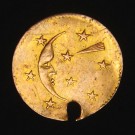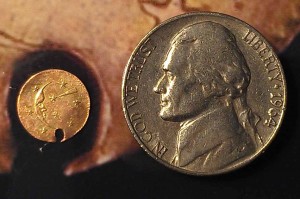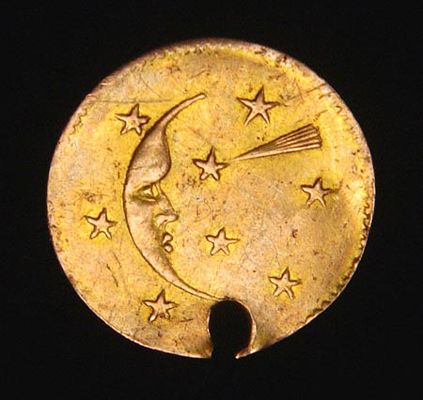Appraisals, Relativity and Value

Albert Einstein’s Relativity Theory changed the paradigm by which we view the world. Before Einstein people believed in absolute value. After Einstein nothing had an absolute value except the speed of light. If theoretical spaceships had to shrink and time itself had to slow down to make the equations work out, then so be it. Everything was relative. And then quantum theory threw another curve ball by revealing that everything was in the eye of the beholder. Just by looking at something you changed it.
Many people think that appraisals of objects somehow get around Einstein, quantum physics, the Uncertainty Principle and the whole works. They like to think that at least as of the date of the appraisal report, an appraiser can record the absolute value of an object. Unfortunately this is not true. There is no absolute value of a work of art or piece of antique furniture or even money itself, which fluctuates in relation to other currencies, other stores of value and how you measure it.
Take gold for instance. The largest gold coin in the world was produced by the Perth Mint in Australia — one metric tonne of gold, which equals 35,274 ounces. You can find a lot of references to this artifact on the internet and calculations of its “value” (for instance gold at $1300 per ounce makes this coin “worth” more than $45,000,000 US dollars). Presumably the Perth mint will tell you what they want for it if you contact them directly, but I’d be surprised if they’d take the daily bullion cost. This big chunk of change must have cost a lot to produce; there’s bound to be a premium. How much is only one question. Another might be what’s the tab to get it from Perth, Australia, to your apartment in Brooklyn? How about the cost of a new security system? What does it cost to shore up the floor?
Whatever the premium is for a one tonne gold coin I’ll bet it wouldn’t come anywhere close to the premium on this little baby to the right. Not the big one — the little fella. This item is what numismatists call a California Gold Token, which was never even legal tender. It also has a hole in it, which usually kills a coin’s value for collectors.
Not the big one — the little fella. This item is what numismatists call a California Gold Token, which was never even legal tender. It also has a hole in it, which usually kills a coin’s value for collectors.
The last time I found a California Gold Token with the Moon and Shooting Star, similarly holed, for sale the price was $799.99. Tokens like these are as thin as a parking ticket and weigh typically about one gram — .035 oz. Most were only 10 karat gold to boot. Even a non-mathematician can see that this bad boy is worth quite a bit more than its weight in gold. By at least one measure (premium above the bullion value of its gold) it is worth astronomically more than the one tonne coin.
But there doesn’t seem to be one of these for sale anywhere in the world right now, so even if you had $45,000,000 you can’t buy it. It’s literally priceless. And even on the day that it was priced at $799.99, its value was relative — worth about a minute’s worth of work for the highest paid CEO in America, Elon Musk, or almost two years’ annual income for the average household in the Democratic Republic of Congo.
Now imagine if Jeff Koons made a ten foot high version of this California token in mirror-polished stainless steel. I don’t know what it would be “worth,” but at Sotheby’s or Christie’s it would probably bring a higher price than the solid gold version. At least this year.


